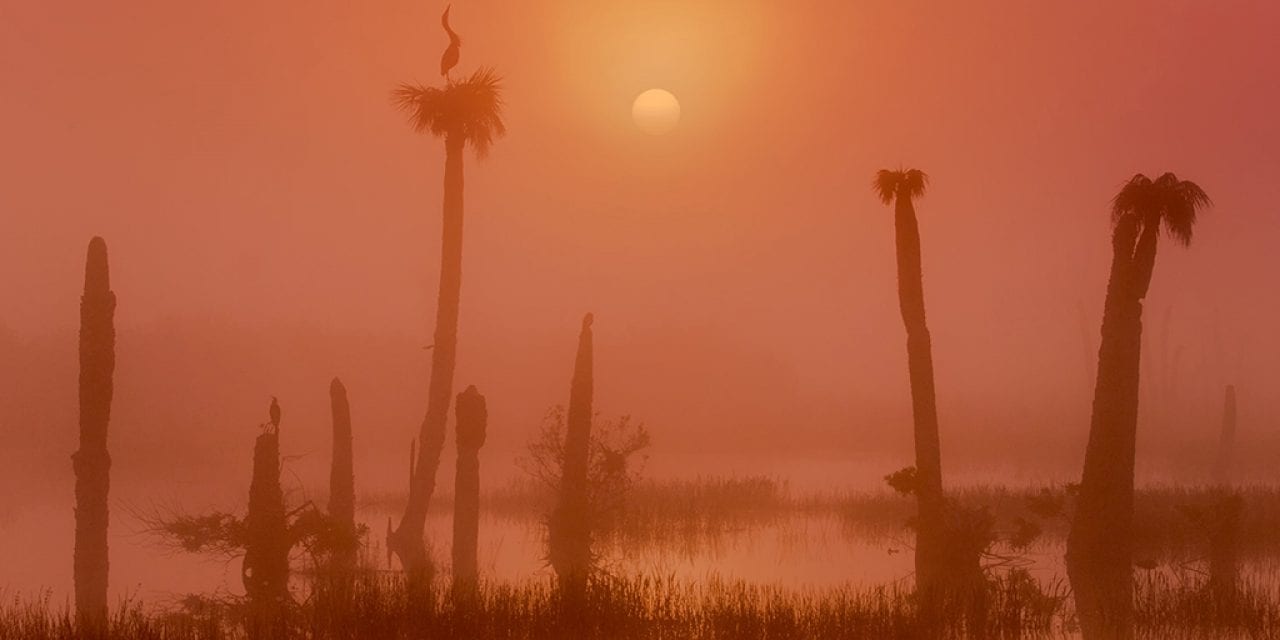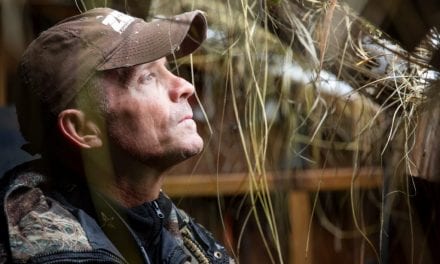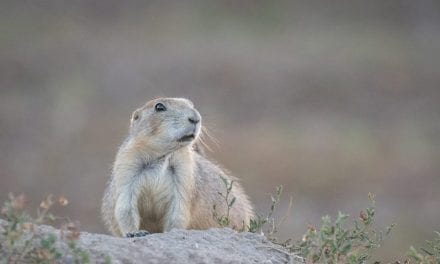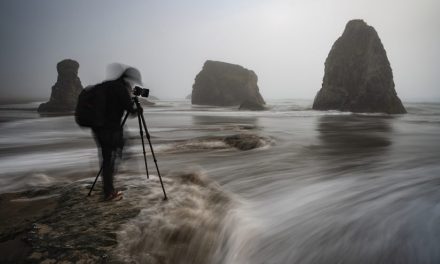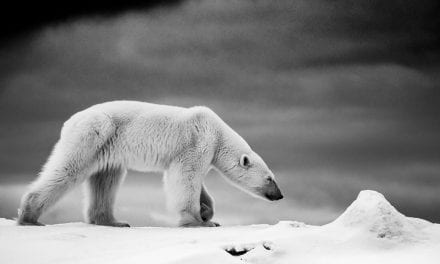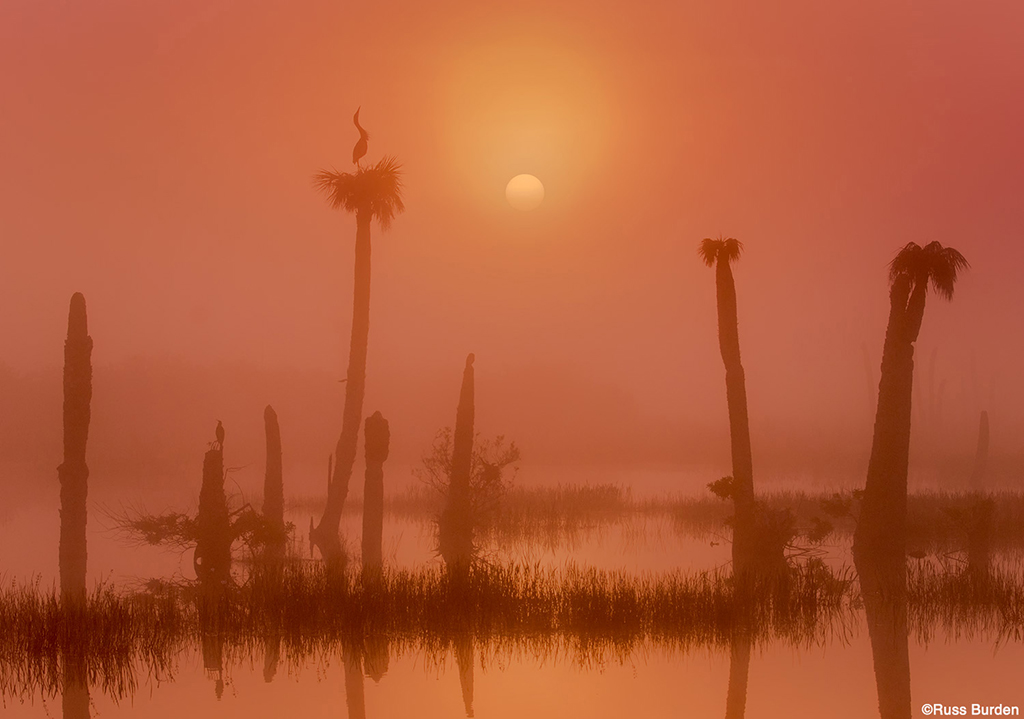
I love photogenic scenes and situations that speak to me. Those that have a mysterious quality, evoke a soft mood, connote stillness, convey a peaceful easy feeling and intimate tranquility all cater to the serenity of my inner psyche. I love golden sunrises and sunsets as they dispense gorgeous light on landscapes and animals. I adore bright overcast conditions with soft wraparound light so I can make wildlife images throughout the day. I love dawn and dusk as the soft pinks and pastels that illuminate the sky reflect those colors onto the land. While I do love the above three qualities of light, they don’t evoke sentiments that speak to me. The one quality of light that provides a one-on-one conversation is fog. Its ethereal character can’t be matched by any other form of light.
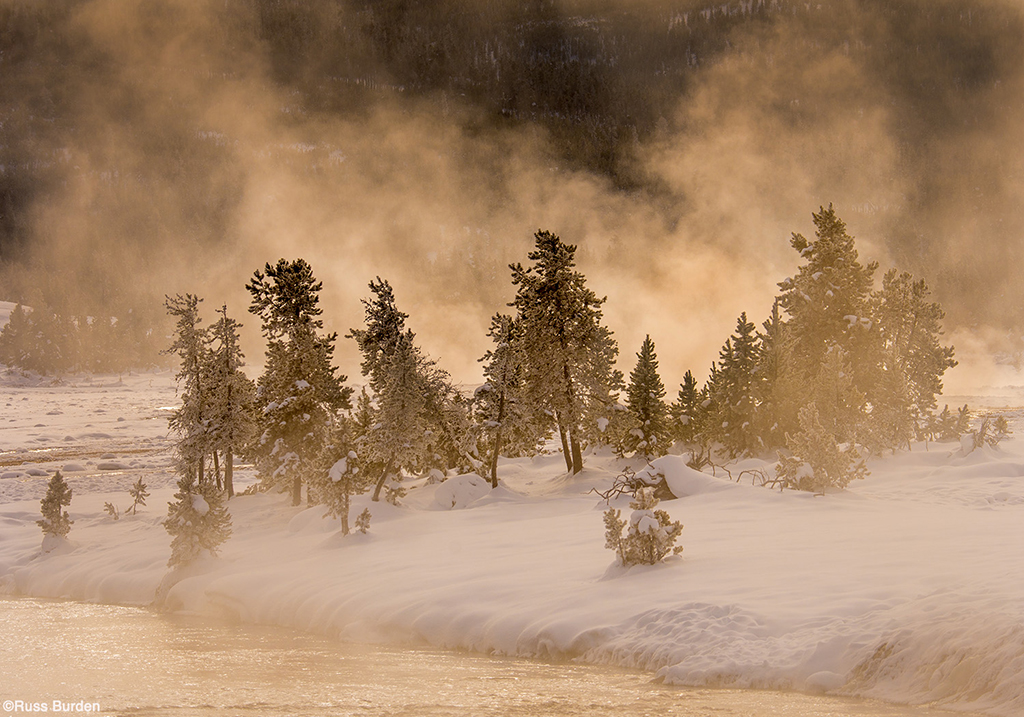
I consider the light, mood and atmosphere of fog magical. Subjects recede into a wash of mist that hides background distractions. It provides layering that’s impossible to replicate unless it exists. It provides a glow factor when accompanied by a soft sun. It allows you to include the ball of the sun without blowing out the highlights as fog tames its intensity. It camouflages distractions as they’re hidden under layers of gray and mist. It allows you to make multiple images of the same area. As the fog rolls in and out, the composition constantly changes. It’s obvious that its unique qualities can’t be reproduced by any other form of light. This is why fog is so appealing.
Depending where you live, you may be fortunate enough to make fog images all year round. In some areas, fog is much more seasonal. And unfortunately, there are many locations that aren’t conducive to foggy weather patterns. This means travel time, but it’s so worth it. Fog mostly appears in the morning hours after the cold surface of the earth cools moist warmer air directly above it. As you can see, precise conditions need to align for it to form. Along coastal areas and where larger lakes and other bodies of water exist, more than likely weather patterns will align. A very slight wind is beneficial as it keeps the fog moving. The more it moves and swirls, the more diversity it provides to create different compositions.
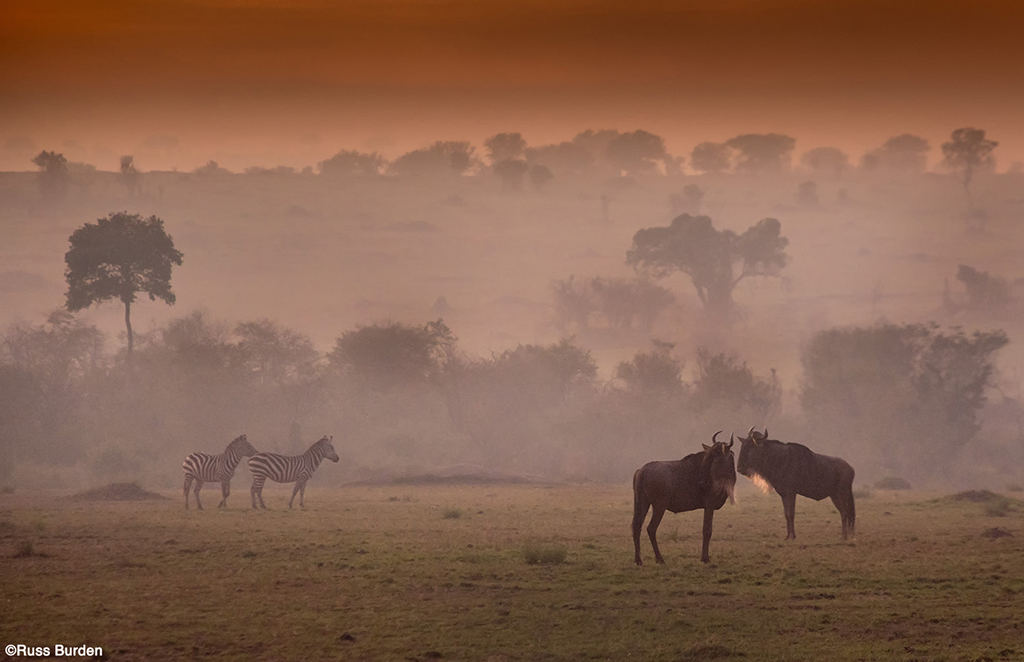
When you do encounter fog, be cognizant of the exposure. Constantly monitor your luminosity histogram as fog tends to underexpose the file. Fog is actually brighter than most photographers think. The meter will try to darken it to 18 percent gray. With this in mind, add PLUS compensation to the reading. It will constantly change as the fog rolls in and out, so always check your histogram after every exposure. Depending on the conditions, the fog can be heavy. This being the case, carry an absorbent rag to periodically wipe condensation off your filter, camera and lens.
Compositionally, place a key element in the foreground to be the dominant subject. It will stand prominently since it’s close to the camera. Whatever is placed closest to the front element will be bold while everything else recedes into layers of mist and mood. Watch the density of fog in the middle and background planes to make sure subjects in those areas are visible. Be patient and when the mood is spot on, click the shutter.
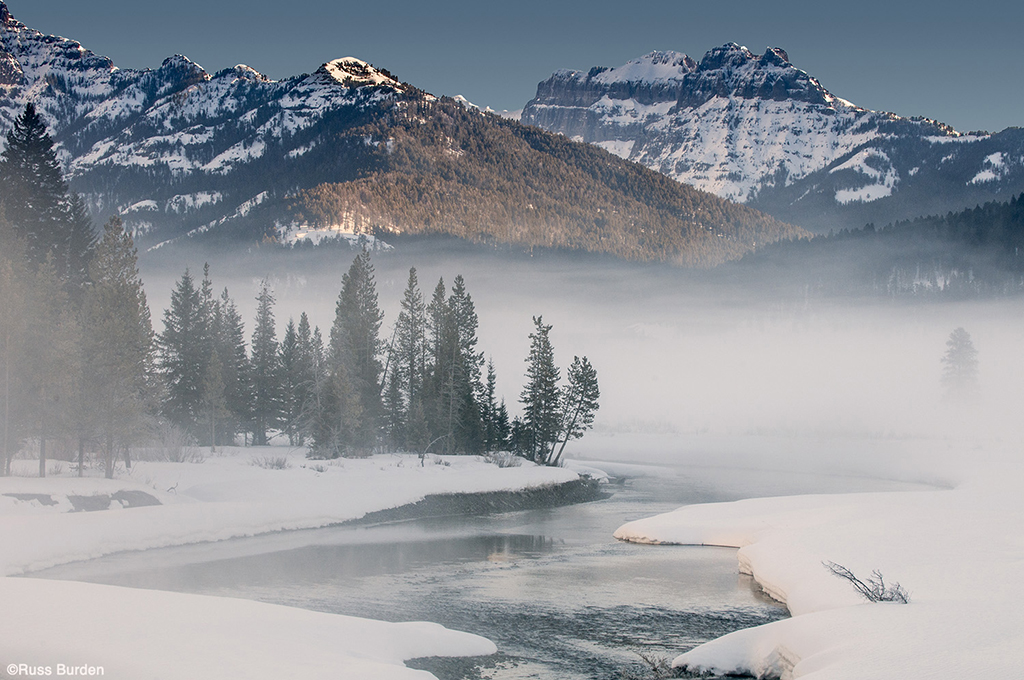
I love to make silhouettes when it’s foggy. This is positive for two reasons. The first is the sun is bright enough to provide enough contrast to create the silhouette. This translates to warm colors at sunrise and sunset. That’s a total win. The second is it provides depth. The silhouette will be bold and dominate the image. As all the receding layers in the image fade into the depths of the background, layer upon layer is revealed. Another win.
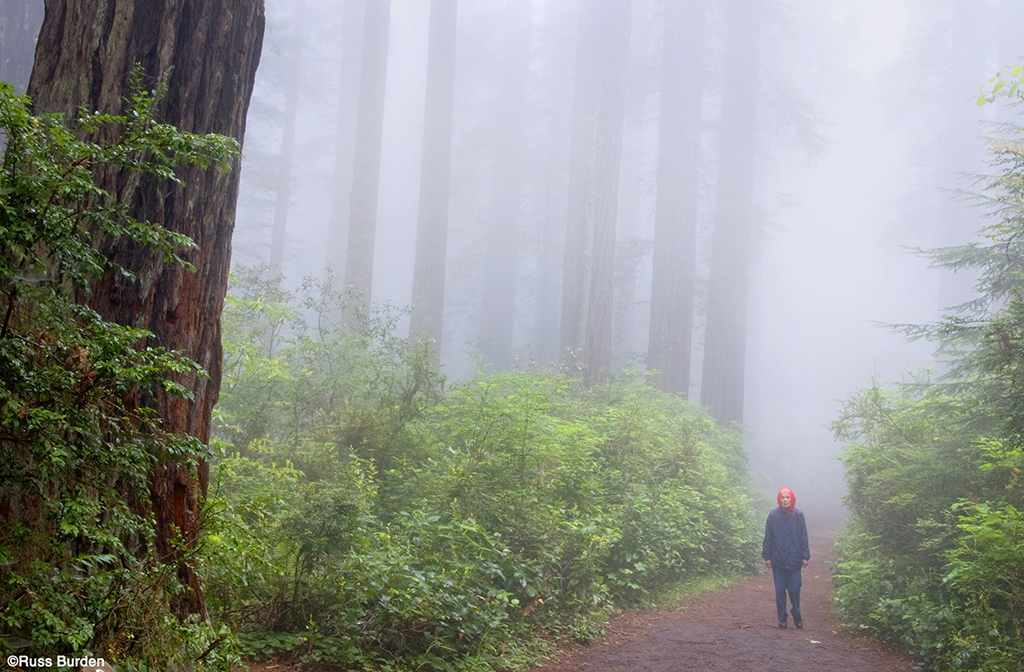
Once you find a captivating focal point, your job is by no means done. It’s essential you’re cognizant of the negative space the fog dominates. When it rolls in thick, a lot of the environment will be obscured. This translates to lots of empty gray sectors. Be patient and wait for the fog to reveal areas that are enthralling. As they become exposed, make sure they’re in balance with the placement of the foreground subject. If you fill the frame with larger subjects, negative space may work in your favor. You’ll find there are many variables that work when it’s foggy. The more images you make under foggy conditions, the less you’ll “be in the fog” about making fog photos.
Visit www.russburdenphotography.com for information about his nature photography tours and safari to Tanzania.
The post Let The Fog Roll In appeared first on Outdoor Photographer.

